Tips for Growing Healthy, Vibrant Flowers All Season Long
Flowers are my favorite plants to grow. Flowers brighten the area, attract beneficial insects like butterflies and bees, and they can even lift your mood just by looking at them. I find it relaxing walking through a garden full of blooming and colorful flowers.
You don’t need expensive tools and a lot of experience when growing flowers. By choosing the right flowers and caring for them, you can have a garden full of blooming and healthy flowers from spring to fall. I’ll show you a few tips that I found helpful in growing flowers.
This post may contain affiliate links, which helps keep this content free. Please read our disclosure for more info.
Choose the Right Flowers for Your Climate and Soil
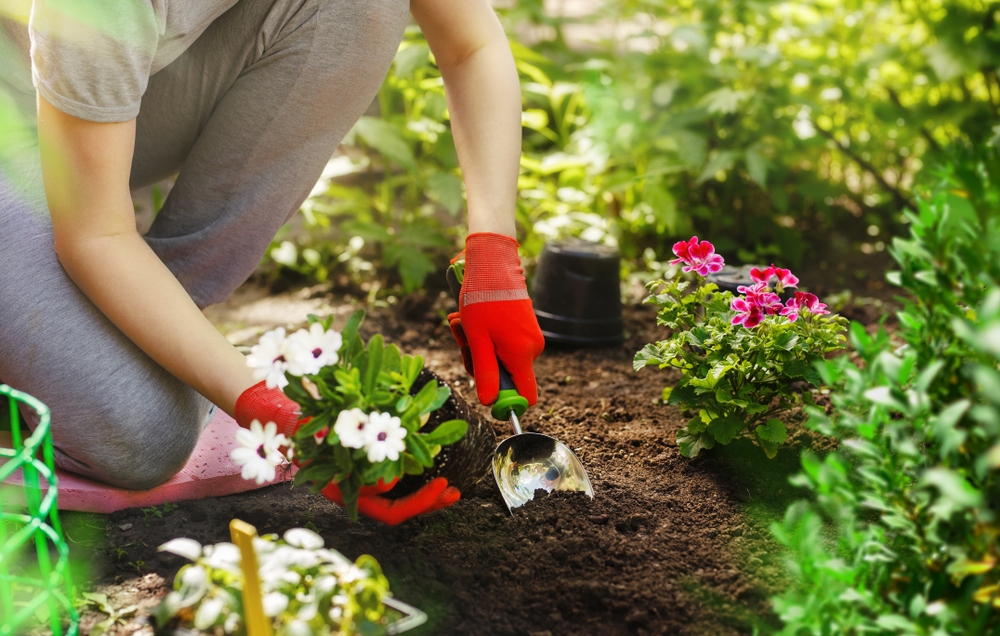
Before choosing what to plant, it’s best to choose the flowers that suit your local climate. Some flowers like dry spots, while others prefer cooler temperatures to grow healthy. Consult with local experts and try to understand what plants grow best in your area.
Aside from choosing what to plant, you also need to check your soil. Is it loamy, clay, or sandy? You can also get samples of your soil and get it tested so you’ll understand its nutrient levels. Having healthy soil makes a huge difference in growing healthy and beautiful flowers.
Plan Your Garden Layout for Optimal Growth
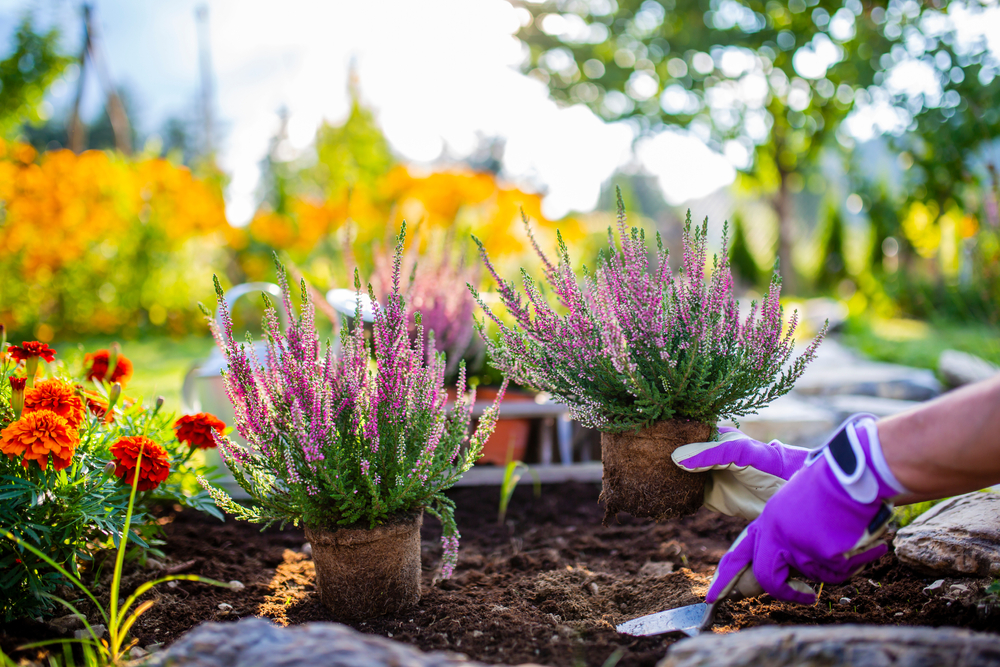
When you’re planting, don’t clump your flowers tightly. Give them enough space so they can grow without competing with each other. Check the seed packets or do a quick search online so you can understand the best way to plant them.
Some flowers grow better when paired with other plants. Here are a few combinations.
- Marigolds can keep pests, so you can pair them with roses or zinnias.
- Nasturtiums lure aphids away from your other plants, so it’s good to grow them alongside vegetables
- Lavender with echinacea or yarrow prefers similar growing conditions.
Mixing heights and colors can also make your garden look more natural and lively.
Prepare Your Soil for Success
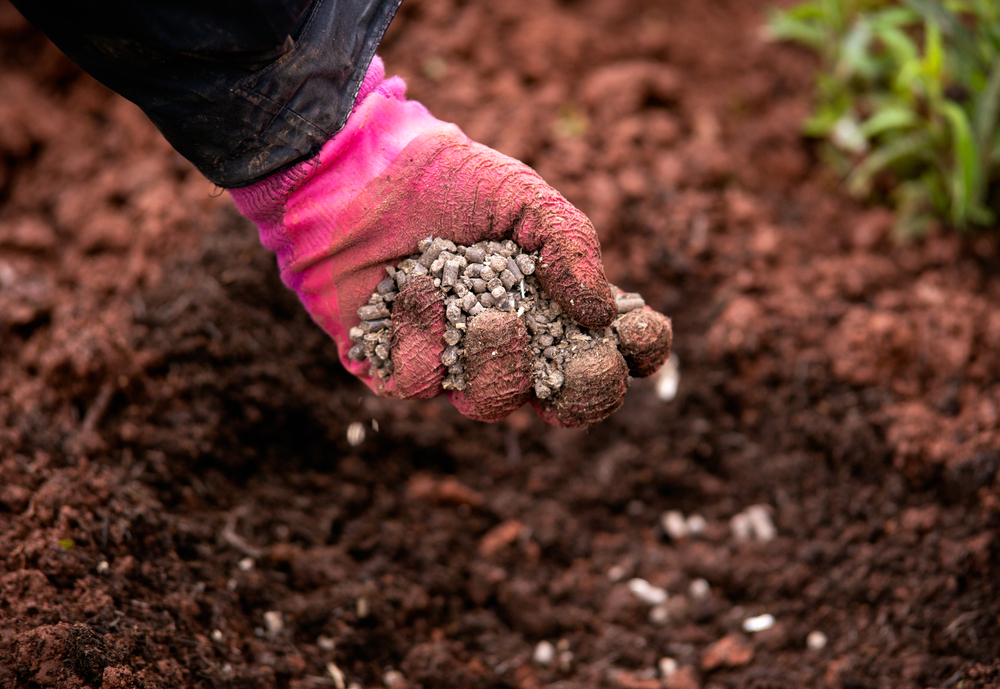
Healthy flowers start with healthy soil. If your dirt is heavy and compacted or drains too fast, your plants won’t grow as well. Here are a few tips for your soil preparation.
- Loosen the soil with a shovel or garden fork
- Mix in compost or well-rotted manure
- Add fertilizers only if your soil test shows a need
- Rake smooth and water lightly before planting
Your goal is to have a well-drained and nutrient-rich soil for your flowers. Remember to test your soil first to help you understand what adjustments you need to make.
How to Keep Your Flowers Hydrated
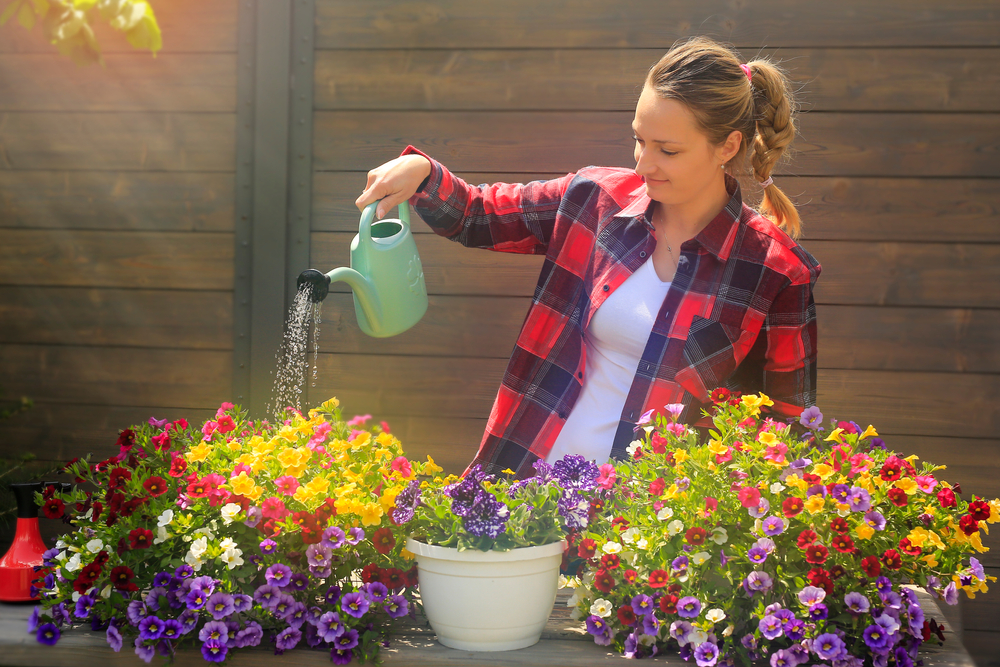
Flowers have different watering needs. Some like their roots to stay moist, while others prefer the soil to be quite dry between watering sessions. Grouping flowers with similar growing conditions can make your life easier.
Try to water deeply instead of just wetting the top of the soil. That helps roots grow stronger and reach down where moisture lasts longer. Early morning or late afternoon is best, so the water doesn’t evaporate too fast.
Pay attention to the leaves of the plant. If you see yellow leaves or signs of wilting, you’re either watering too much or too little.
Pruning and Deadheading for Stronger Blooms
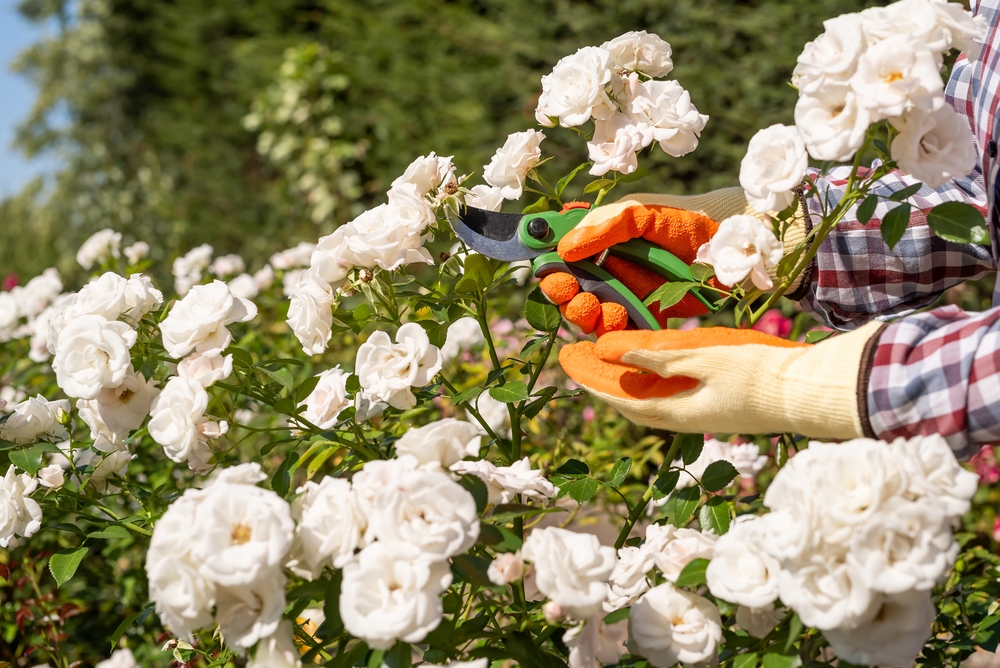
Deadheading is the act of cutting off or removing flowers from a plant. Gardeners usually do this to cut off old and faded flowers to promote growth and re-flowering.
Pruning from time to time also helps, especially for shaping your flowers and removing damaged parts of the plants. Just make sure that you’re using clean and sharp tools when pruning to make clean cuts that heal quickly.
Fertilizing Flowers for Vibrant Blooms

Just like us humans, flowers and plants also need food. You can go with organic ones like compost, or choose synthetic fertilizers that you can get from stores. Remember to follow the instructions for the fertilizers to avoid overdoing it.
If you see that your flowers aren’t blooming as they should or their leaves appear pale, this could mean that they’re lacking in nutrients. Adding fertilizer can make a difference in providing the extra nutrients your plants need.
Pest and Disease Control: Keeping Your Flowers Healthy

It’s only a matter of time before you encounter pests while growing your flowers. The best tip I can give you is to catch the problems early before they spread to all parts of your garden. Do your best to check your plants regularly, especially under their leaves and around the stems.
Before using chemical pest control options, try natural remedies first.
- Neem oil spray for bugs like aphids and whiteflies.
- A mix of dish soap and water for soft-bodied pests.
- Removing infected leaves by hand.
If you find yourself overwhelmed with pests, you can get stronger pest control treatments at garden centers. Just remember to use them carefully and follow the instructions to avoid overusing them.
Mulching for Moisture Retention and Weed Prevention
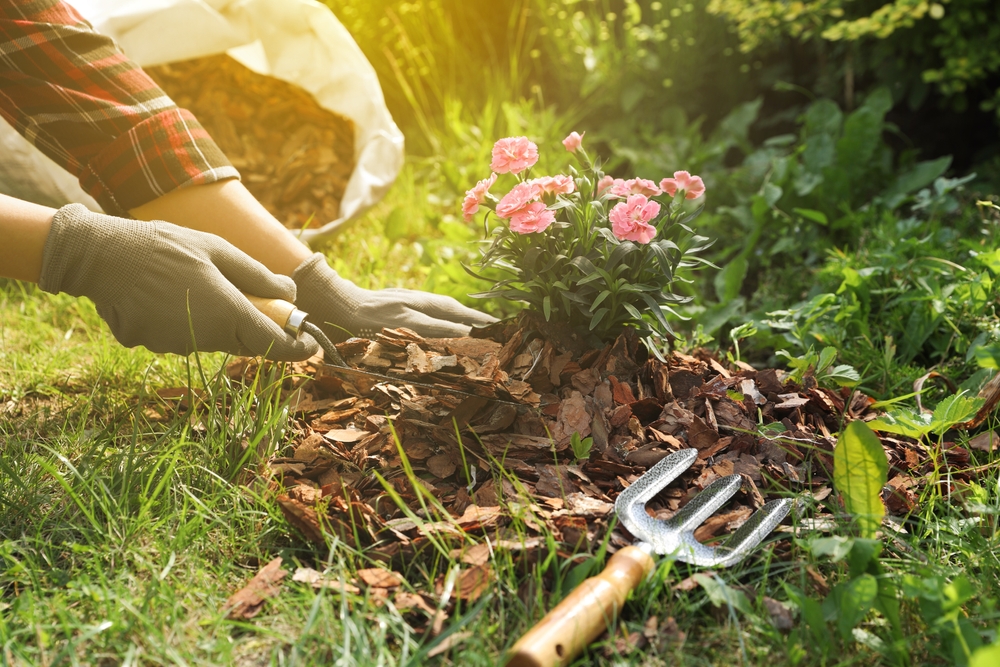
Using mulch keeps the soil moist, stops weeds from taking over, and helps keep the temperature steady around the roots. There are different types of mulch, and some of them work best on flowers.
- Bark or wood chips
- Straw
- Compost or leaf mold
- Grass clippings
Don’t pile mulch right up against plant stems. Leave a small space to prevent rot and keep air flowing.
Dealing with Seasonal Changes

Flowers need different care depending on the season. In spring, focus on planting and adding fertilizers and nutrients. When summer comes, pay attention to watering and trim your flowers if you need to. In the fall, you can start cleaning your garden and think about what you can save or plant for next year.
Some flowers are tough and can come back on their own if you prepare them before. Clear the dead parts of the plant, and make sure to add mulch to protect the roots from the cold weather.
Growing flowers is a fun experience, and it takes a little bit of trial and error before you can get the hang of it. Don’t stress about getting everything right, and try to stick with the basics. You’ll get a garden full of colorful flowers in no time.
Don’t be afraid to try new things out and learn as you grow your flowers. Each garden is different, and do your best to create one filled with flowers and plants that make you happy!
This article originally appeared on Avocadu.
